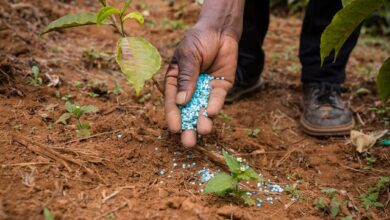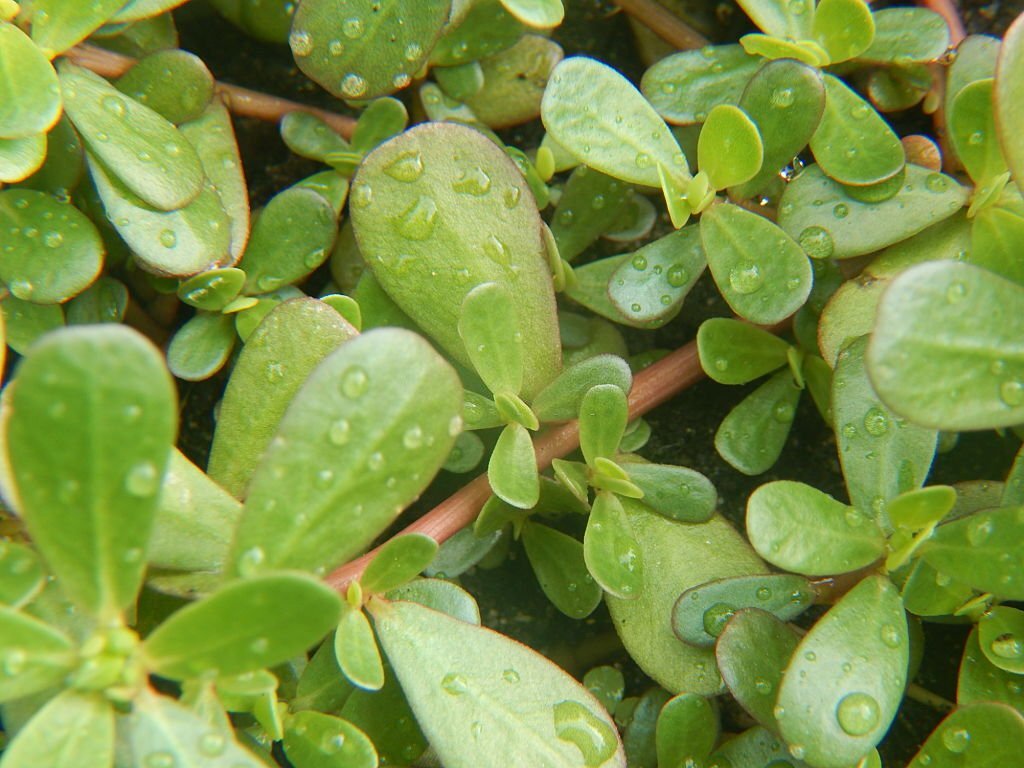All about Jonathan Apples: Nutritional Benefits and Health Facts
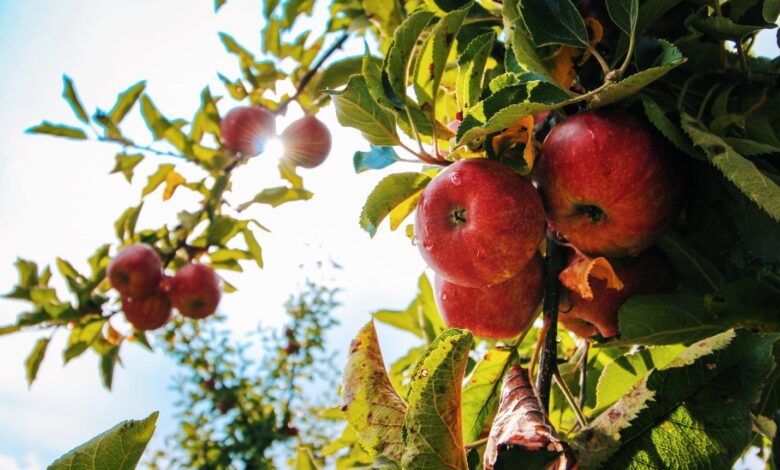
Are you ready to take a juicy bite into the world of apples? Look no further than the delightful and nutritious Jonathan apple! Bursting with flavor, this classic fruit has been a staple in households for generations. But did you know that beyond its mouthwatering taste, it also packs a punch when it comes to health benefits? Get ready to explore all there is to know about Jonathan apples – from their nutritional perks to fascinating health facts that will leave you craving more! So grab your favorite apple-themed snack, sit back, and let’s dive into the wonderful world of Jonathan apples together.
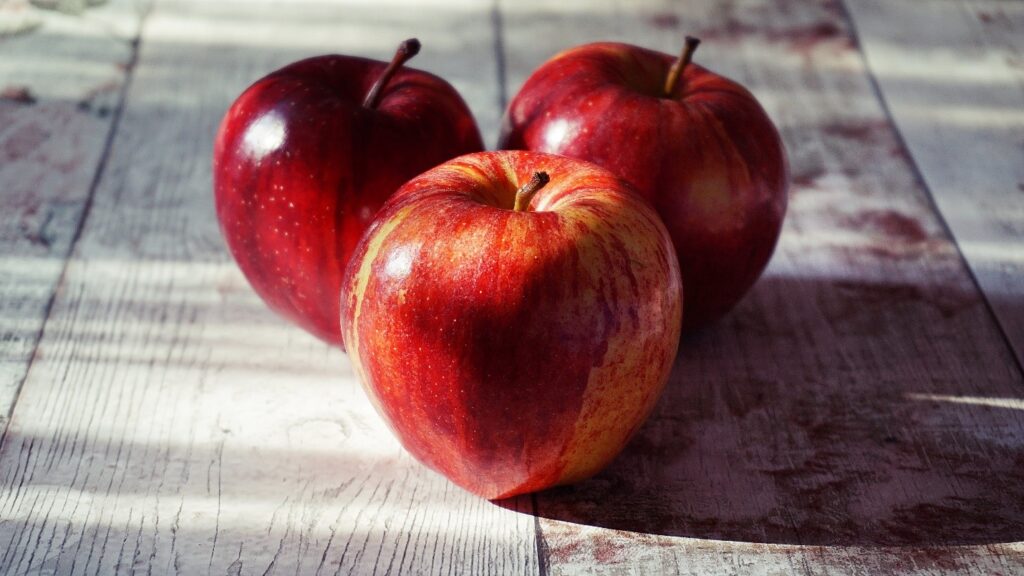
Introduction to Jonathan Apples
Jonathan apples are a popular variety of apple known for their bright red color and sweet, tangy flavor. They were first discovered in the early 19th century by an American settler named Jonathan Hasbrouck, hence their name.
These apples are widely cultivated in North America and Europe, making them easily accessible to most people. They are also available year-round, making them a convenient fruit to incorporate into your diet.
Nutritional Benefits
Jonathan apples may be small in size, but they pack a punch when it comes to nutrition. Here are some key nutrients found in one medium-sized apple (182g):
- Calories: 95
- Carbohydrates: 25g
- Fiber: 4g
- Vitamin C: 14% of the recommended daily intake ( RDI)
- Potassium: 6% of the RDI
- Vitamin K: 5% of the RDI
- Vitamin B6: 4% of the RDI
In addition to these nutrients, Jonathan apples also contain small amounts of other vitamins and minerals, including calcium, iron, and magnesium. They are also a good source of antioxidants, which help protect your cells from damage caused by harmful molecules known as free radicals.
History and Origin of Jonathan Apples
The Jonathan apple is a popular variety of apple that has been enjoyed for centuries. Its origin can be traced back to the early 1800s in Woodstock, New York. It was first discovered by a man named Philip Rick, who found the apple growing near an old cider mill on his farm.
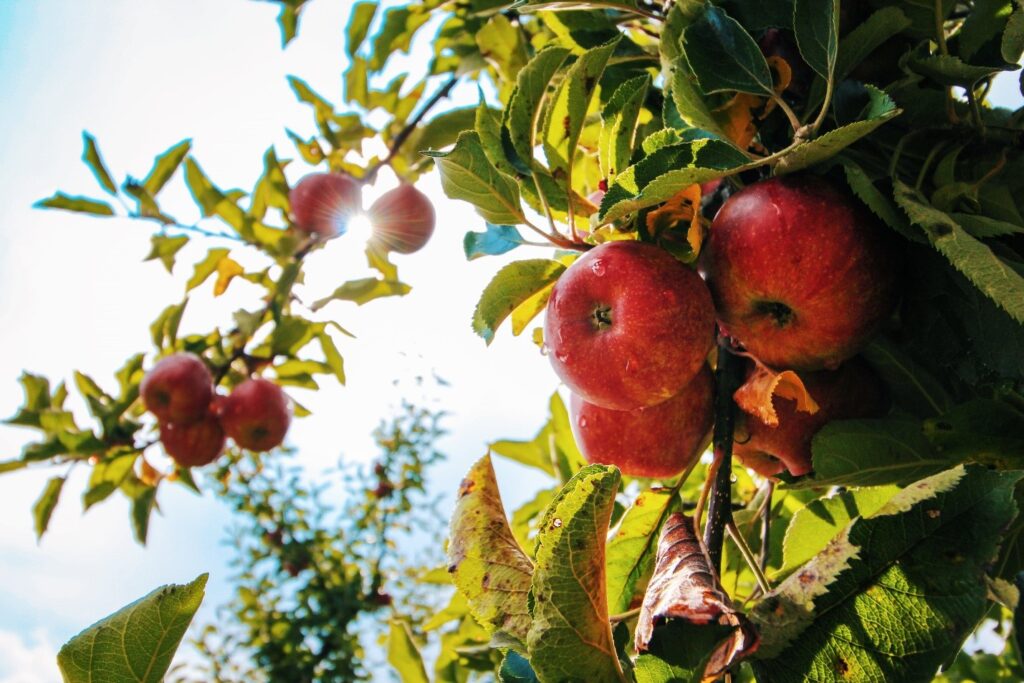
Rick was immediately impressed by the appearance and flavor of this new variety and began cultivating it on his farm. He named it after his brother, Jonathan, and thus the Jonathan apple was born.
The original Jonathan tree is said to have been a natural hybrid of two other varieties – Esopus Spitzenburg and Newtown Pippin apples. However, there are conflicting reports about its parentage, with some claiming that it is a cross between Esopus Spitzenburg and Wagener apples.
In the late 19th century, the Jonathan apple became commercially available in markets across North America and Europe. Its popularity continued to rise throughout the 20th century, with many orchards solely focused on growing this particular variety.
Today, most Jonathan apples are grown in eastern regions of the United States such as New York, Michigan, Pennsylvania, Virginia, and West Virginia.
Over the years, the Jonathan apple has been used in a variety of ways – from eating fresh to making pies and cider. Its popularity has also led to the development of new strains, such as the Red and Golden Delicious apples. However, the original Jonathan apple remains a beloved variety among apple enthusiasts.
Nutritional and Health Benefits of Jonathan Apples
The apples are a popular variety of apple known for their bright red color and sweet, crunchy taste. But aside from being a tasty snack, these apples also offer numerous nutritional benefits that can help keep your body healthy and strong. Let’s take a closer look at some of the key nutritional benefits of Jonathan apples:
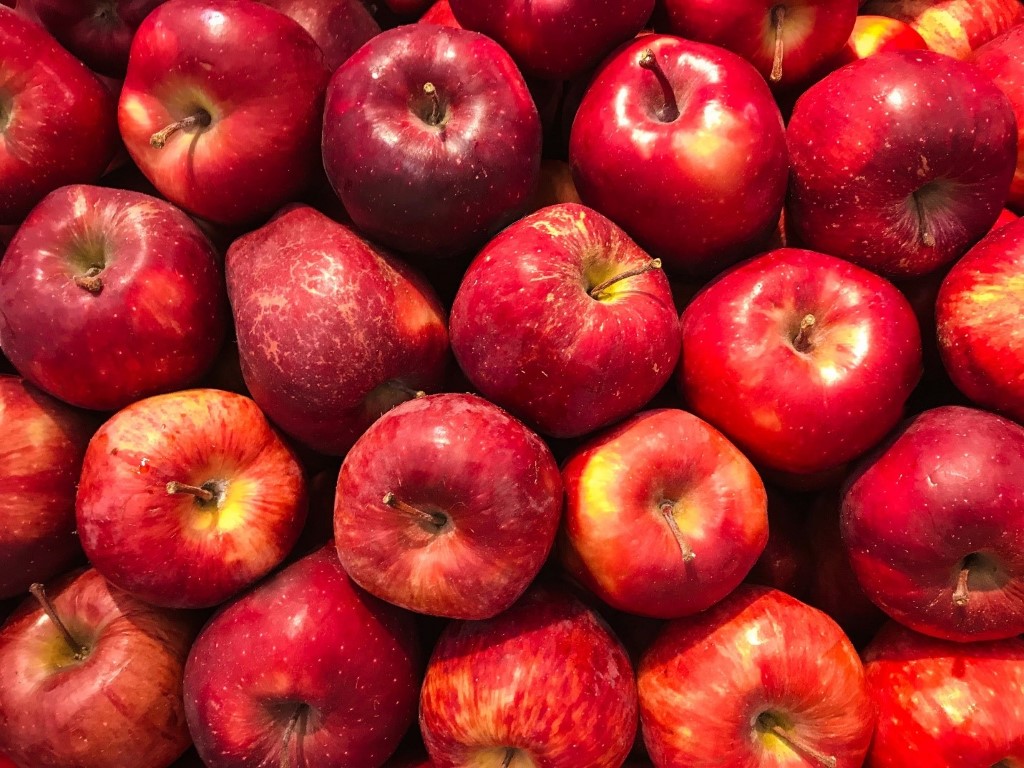
1. High in Fiber
One medium-sized Jonathan apple contains approximately 4 grams of fiber, which is about 14% of the recommended daily intake. Fiber plays an important role in maintaining digestive health by promoting regular bowel movements and preventing constipation. It also helps lower cholesterol levels and stabilize blood sugar levels.
2. Rich in Antioxidants
These apples are packed with antioxidants such as polyphenols, flavonoids, and carotenoids. These powerful compounds help protect the body against cell damage caused by free radicals, which can lead to various chronic diseases such as cancer and heart disease.
3. Good Source of Vitamin C
Just one Jonathan apple provides about 14% of the recommended daily intake of vitamin C. This essential nutrient plays a crucial role in boosting the immune system and helping the body fight off infections and diseases.
4. Lowers Risk of Heart Disease
The high levels of polyphenols found in the apples have been linked to reducing the risk of heart disease by improving blood vessel function and reducing inflammation in the body.
5. Helps Control Blood Sugar Levels
The combination of fiber, antioxidants, and other nutrients found in Jonathan apples makes them an excellent choice for people with diabetes or those looking to control their blood sugar levels. Studies have shown that consuming apples can help improve insulin sensitivity and lower the risk of type 2 diabetes.
6. May Improve Brain Health
Some research suggests that consuming apples may improve brain health by reducing inflammation and oxidative stress in the brain, which can contribute to neurodegenerative diseases like Alzheimer’s.
In addition to these nutritional benefits, Jonathan apples are also low in calories and fat-free, making them a great option for weight management. So next time you’re craving a sweet treat, reach for a Jonathan apple and enjoy all of its delicious and nutritious benefits.
How to Incorporate Jonathan Apples into Your Diet
Incorporating Jonathan apples into your diet is a simple and delicious way to boost your overall health and well-being. These versatile fruits can be enjoyed in a variety of ways, from raw as a snack to cook into savory dishes. In this section, we will explore some creative ways to incorporate Jonathan apples into your daily meals.

Snack on sliced Jonathan apples
One of the easiest ways to enjoy the nutritional benefits of Jonathan apples is by snacking on them in their raw form. Simply wash and slice an apple, and it’s ready to eat! You can also pair it with some nut butter or cheese for added protein and flavor.
Add them to salads
The apples make a great addition to any salad, adding a sweet crunch that pairs well with savory dressings. Cut the apple into thin slices or cubes and toss it with leafy greens, nuts, seeds, and your choice of dressing for a refreshing and nutritious meal.
Make apple chips
For a healthy alternative to potato chips, try making your own apple chips at home! Thinly slice an apple using a mandoline slicer, sprinkle with cinnamon or other spices of your choice, and bake in the oven until crispy.
Use them in baked goods:
Apples are often used as a healthier substitute for sugar in baking recipes. You can use grated or pureed Jonathan apples instead of sugar or oil in muffins, cakes, breads, or pies for added moisture and natural sweetness.
Delicious Recipes featuring Jonathan Apples
Jonathan apples are a popular variety of apples known for their bright red color and sweet-tart flavor. They are also incredibly versatile, making them a staple ingredient in many delicious recipes. In this section, we will explore some mouth-watering recipes that feature Jonathan apples as the star ingredient.
1) Baked Apples with Cinnamon and Oats
This simple yet satisfying dessert is perfect for chilly fall evenings. To make it, start by coring four Jonathan apples and placing them in a baking dish.
- Mix together 1/4 cup of oats
- 1 tablespoon of brown sugar
- 1 teaspoon of cinnamon
- 2 tablespoons of melted butter.
Stuff the mixture into the cored apples and bake at 375 degrees Fahrenheit for 25-30 minutes until tender. Serve warm with a dollop of vanilla ice cream on top.
2) Apple Walnut Salad
This crisp and refreshing salad is perfect for a light lunch or side dish. Start by thinly slicing one Jonathan apple and tossing it with mixed
- Greens
- Chopped walnuts
- Crumbled feta cheese
- Dried cranberries
- Simple vinaigrette
Dressing made with apple cider vinegar, olive oil, honey, and Dijon mustard.
3) Apple Cider Glazed Pork Tenderloin
The combination of juicy pork tenderloin and sweet-tart apple cider glaze is truly irresistible. Begin by searing two pork tenderloins in a pan until browned on all sides. Then transfer them to a baking dish and pour a mixture of
- 1 cup of apple cider
- 1/4 cup of brown sugar
- 2 tablespoons of Dijon mustard
- 1 minced garlic clove
- Pinch of salt and pepper over the top
Bake at 375 degrees Fahrenheit for 25-30 minutes until the pork is cooked through. Serve with roasted Jonathan apples on the side.
4) Apple Crumble Pie
This classic fall dessert is made even better with the addition of Jonathan apples. Start by making a pie crust or using a store-bought one. In a separate bowl, mix together
- Sliced Jonathan apples
- Brown sugar
- Cinnamon
- Nutmeg.
Pour the apple mixture into the crust and top it with a crumb topping made from flour, rolled oats, butter, brown sugar, and cinnamon. Bake at 375 degrees Fahrenheit for about an hour until the filling is bubbly and the crust is golden brown.
Interesting Facts and Trivia about Jonathan Apples
Jonathan apples are a popular variety of apples that are loved by many for their sweet and tangy taste. But did you know that there is more to these apples than just their delicious flavor? In this section, we will explore some interesting facts and trivia about Jonathan apples that will give you a deeper understanding of this beloved fruit.
| No. | Facts | Description |
| 1 | Origin and History | First mentioned in early 1800s in Woodstock, New York. Possibly named after Jonathan Hasbrouck or from a biblical reference. |
| 2 | Parentage | A cross between Esopus Spitzenburg and Newtown Pippin varieties. |
| 3 | Appearance | Classic apple shape with mostly red skin, occasional yellow or green spots, medium-sized (2-3 inches in diameter). |
| 4 | Harvest Season | Typically harvested between September and November in the United States. |
| 5 | Culinary Uses | Versatile for cooking and baking, great for pies, crisps, tarts, applesauce, and raw consumption. |
| 6 | Nutritional Value | Good source of dietary fiber, vitamin C, and antioxidants. Low in calories and fat. |
| 7 | Pollination | Self-unfruitful, requires cross-pollination from other apple varieties, commonly by Golden Delicious or McIntosh. |
| 8 | Popularity | Highly popular in the 19th century, declined in the early 20th century due to competition from newer varieties. |
| 9 | Geographic Distribution | Grown primarily in Midwestern states (Illinois, Michigan), New York, and Pennsylvania. |
| 10 | Symbolism | In some cultures, symbolizes wisdom, good judgment, and knowledge due to its biblical reference. |
Potential Risks and Precautions when Consuming Jonathan Apples
As with any food, there are potential risks and precautions that should be considered when consuming Jonathan apples. While these apples are generally safe for most people to eat, there are a few things to keep in mind before indulging too much in this delicious fruit.
| No. | Concern | Description |
| 1 | Pesticide Residue | Apples, including Jonathan apples, are heavily sprayed crops. Wash them thoroughly to reduce exposure to pesticides. |
| 2 | Allergy Risk | Some individuals may have apple allergies, including to Jonathan apples. Avoid if you have known apple allergies. |
| 3 | Oxalate Content | Moderate oxalate levels in Jonathan apples can contribute to kidney stone formation in susceptible individuals. Limit consumption if at risk. |
| 4 | Choking Hazard | Apples, including Jonathans, can be a choking hazard for young children and elderly adults. Cut into small pieces or cook for safety. |
| 5 | High Sugar Content | Jonathan apples are high in sugar, making them tasty but should be consumed in moderation by individuals with diabetes or those monitoring sugar intake. |
To minimize these risks and enjoy Jonathan apples safely, be sure to wash them thoroughly before eating, avoid them if you have allergies or sensitivities, and consume them in moderation if you have certain health conditions. As always, consult with your doctor if you have any concerns about adding Jonathan apples to your diet.
Conclusion: Why You Should Add Jonathan Apples to Your Diet
Incorporating Jonathan apples into your diet can have numerous health benefits and contribute to an overall healthier lifestyle. The unique combination of vitamins, minerals, and antioxidants found in these apples make them a superfood that should not be overlooked.
Firstly, Jonathan apples are packed with essential nutrients such as vitamin C, fiber, potassium, and phytochemicals. Vitamin C is important for maintaining a strong immune system and promoting healthy skin. Fiber helps to regulate digestion and keep you feeling fuller for longer periods of time. Potassium is crucial for proper nerve and muscle function. Phytochemicals are plant compounds that act as powerful antioxidants to protect the body against diseases.
Moreover, including Jonathan apples in your diet can also improve heart health. The high levels of soluble fiber found in these apples can help lower cholesterol levels by binding to it in the digestive tract. This prevents the absorption of cholesterol into the bloodstream and reduces the risk of heart disease.
Furthermore, studies have shown that regularly consuming apples may also decrease the risk of developing type 2 diabetes. The soluble fiber in Jonathan apples slows down the absorption of sugar into the bloodstream, preventing spikes in blood sugar levels. Additionally, they contain polyphenols which have been linked to improved insulin sensitivity.
Jonathan apple tree
The Jonathan apple tree is a popular variety of apple tree that produces delicious and nutritious apples. It originated in Woodstock, New York in the early 1800s and has since become a staple crop for many orchards around the world.
Appearance and Characteristics
The Jonathan apple tree is a medium-sized deciduous tree that can grow up to 20 feet tall. It has a spreading canopy with thick branches and dark green leaves. The apples produced by this tree have a distinctive bright red color with yellow-green undertones and white flesh inside. They are known for their slightly tart flavor, making them perfect for both eating fresh and baking into pies or tarts.
Growing Conditions
Jonathan apple trees thrive in temperate climates with well-drained soil and full sun exposure. They are also tolerant of cold temperatures, making them suitable for growing in colder regions. These trees require cross-pollination from another variety of apple tree to produce fruit, so it’s essential to plant them near other compatible varieties such as Golden Delicious or Newtown Pippin.
Harvesting and Storage
Jonathan apples are typically ready for harvest in late September or early October. You can tell they are ripe when their bright red color becomes deeper, and they are easily removed from the tree with a gentle twist and pull motion. Apples should be stored in a cool, dry place and can last for several weeks if kept away from moisture.
In conclusion, the Jonathan apple tree is an excellent choice for any apple lover looking to grow their own fruit at home. With its beautiful appearance, delicious taste, and nutritional benefits, it’s no wonder this variety has stood the test of time.
Frequently Asked Questions (FAQs) about Jonathan Apples
What are Jonathan apples?
Jonathan apples are a type of apple that originated in the United States in the 1820s. They were first discovered by an American farmer named Jonathan Hasbrouck, hence the name “Jonathan” apples.
How do they taste?
Jonathan apples have a sweet and tangy flavor with a hint of tartness. They are known for their crisp texture, making them perfect for both snacking and baking.
Are Jonathan apples good for you?
Yes, Jonathan apples are packed with nutritional benefits and can be a great addition to any diet. They are low in calories, high in fiber, and contain essential vitamins and minerals such as Vitamin C, potassium, and antioxidants.
What makes Jonathan apples different from other types of apples?
One distinct characteristic of Jonathan apples is their bright red skin color with yellow-green patches. They also have a unique balance of sweetness and tartness compared to other varieties like Granny Smith or Red Delicious.
Can I use Jonathan apples for cooking or baking?
Absolutely! Due to their firm texture and well-balanced flavor profile, these apples are versatile in the kitchen and can be used in various savory dishes such as salads or roasted pork tenderloin as well as sweet treats like pies or tarts.
When is the best time to buy Jonathan apples?
The peak season for fresh-picked Jonathan apples is typically during September through November in the Northern Hemisphere. However, they are available year-round in many grocery stores and can also be found frozen or dried.
How should I store Jonathan apples?
Jonathan apples can be stored in a cool, dark place at room temperature for up to two weeks. If you want to prolong their freshness, store them in the refrigerator’s crisper drawer for up to a month.
Can I eat the skin of Jonathan apples?
Yes, the skin of Jonathan apples is perfectly safe and edible. It also contains a significant amount of nutrients, so it is recommended to eat the apple with the skin on.
Are there any similar apple varieties to Jonathan apples?
Yes, some popular apple varieties that are similar to Jonathan apples include McIntosh, Cortland, and Honeycrisp.



